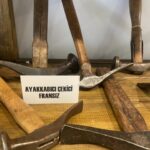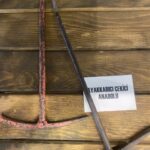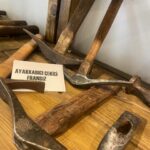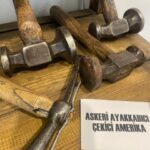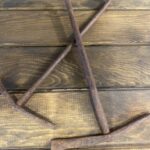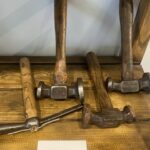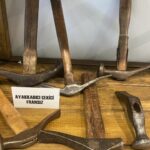
History
Shoemaking has been an important profession throughout human history and the tools used in this process have evolved over time. Shoemaker's hammers have been used as one of the most basic tools of shoemakers since the Middle Ages. These hammers, which are an important part of traditional shoe making techniques, have diversified in terms of material and design over time.
Shoemaker Hammers
Shoemaker's hammers are among the essential tools that have been used for many years in the manufacture and repair of shoes. These special hammers are designed for shaping, joining and repairing leather and other materials during the shoe manufacturing process. The history of shoemaker's hammers is as old and rich as the long history of the art of shoe making.


Historical and Cultural Importance:
Shoemaker's hammers have an important role in the preservation of handicrafts and traditional shoe making techniques. These tools are the objects that carry the methods and skills used by craftsmen for centuries to the present day. The old shoes and tools on display in shoe museums and art galleries emphasize the artisanal dimension and cultural heritage of this profession.
Even today, many shoemakers continue to use these special hammers, remaining faithful to traditional methods. Shoemakers' hammers are indispensable tools in the production of handmade shoes as well as modern shoe making techniques. The use of shoemaker's hammers is considered an indication of the craftsmanship and finesse of shoemaking and has an important place in the transmission of this profession to future generations.
Areas of Use
Shoemaker's hammers are often used to shape the leather material, fix the sole to the shoe and close the seams tightly. They work in conjunction with other tools used in shoe making, allowing the production of durable and aesthetic shoes. They are also effectively used to repair worn or damaged parts during shoe repair.




